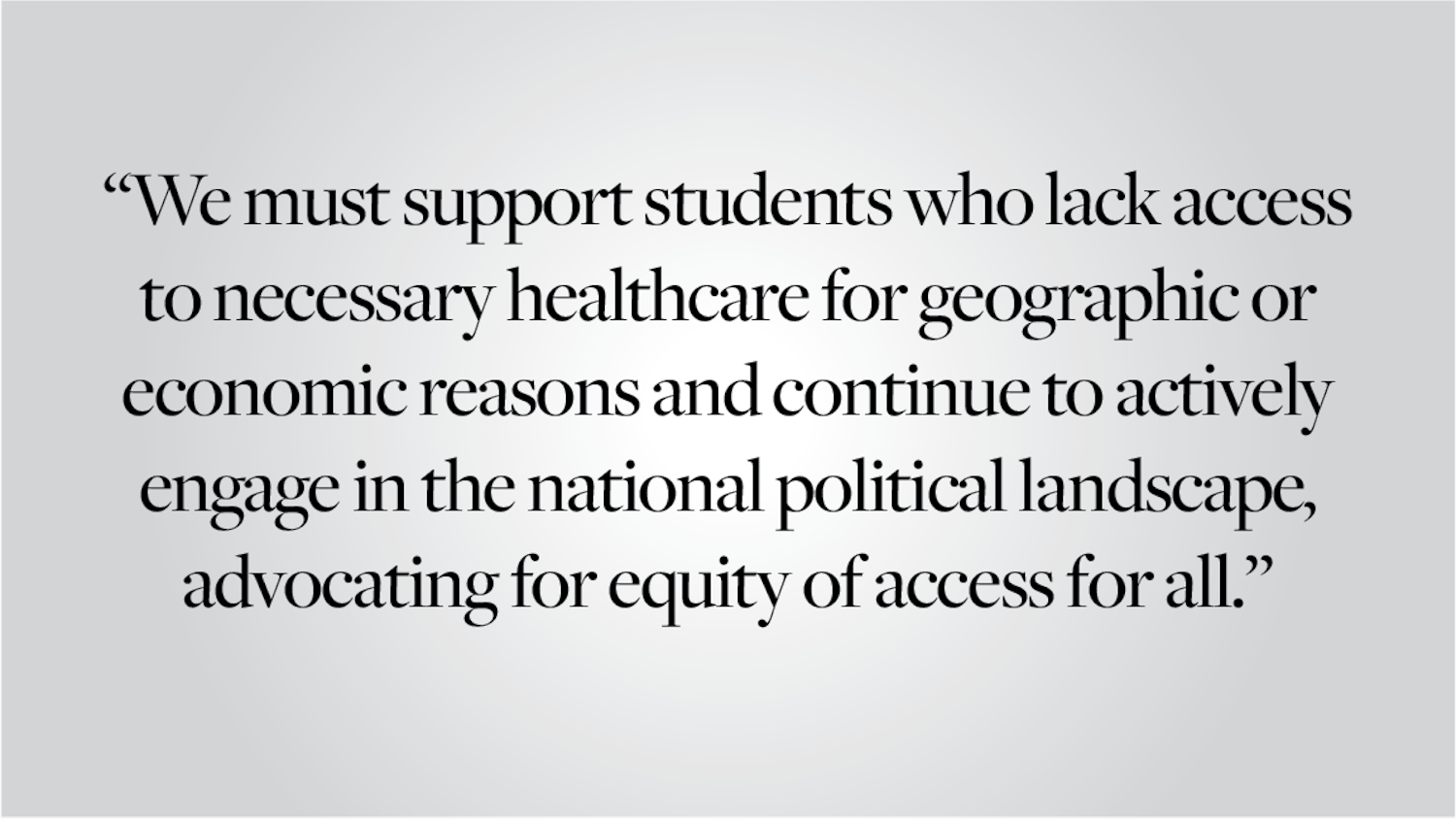The newly-coined public health concentration replaces community health for students in the class of 2016 and beyond. This public health concentration does not currently offer a selection of tracks to choose from, and students could greatly benefit from having this option. The program attracts a diverse group of students who may be interested in law school, health care administration, medical school or other paths. By adding different directions, the public health concentration would better fit and channel students’ individual interests.
The public health concentration aims to “explore the ways in which the social, political, behavioral and biological sciences contribute to the understanding of patterns of population distributions of health and disease,” according to the University’s website. Though enticing, this description underscores the broad range of subjects the concentration aims to encompass. In practice, students typically find that their interests align with one particular area of the public health concentration. For instance, the public policy, biology, political science, or environmental law courses may hold different degrees of appeal to concentrators.
Concentrations such as chemistry or science and society have already implemented a system that involves different tracks. Chemistry, for example, offers three tracks: chemistry, chemical biology and materials chemistry. Science and society, an interdisciplinary concentration like public health, offers three tracks: the thematic track, the science track and the science and technology studies theory track. By breaking down general goals into more specific paths, these concentrations allow students to more readily hone in on particular goals or passions.
There are several options for tracks that the public health concentration could create and incorporate. For students who plan to pursue public policy or law that pertains specifically to community health concerns, there could be a legal studies track. For students who wish to manage a hospital someday, there could be a health care administration track. For students who wish to pursue the biological sciences or medical school, there could be a science track. Finally, students who are unsure of their particular interests could pursue a general public health degree.
Giving students the option to narrow their fields of study is always preferable. Especially with such an interdisciplinary concentration, the choice of specific paths would really help students recognize and focus on their interests. These tracks would not dictate or limit the course of study, but rather allow for a more focused academic experience. By way of adding these tracks, the public health concentration could simultaneously attract more interested students and satisfy current concentrators.
Editorials are written by The Herald’s editorial page board: its editors, Alexander Kaplan ’15 and James Rattner ’15, and its members, Natasha Bluth ’15, Manuel Contreras ’16, Baxter DiFabrizio ’15, Mathias Heller ’15 and Aranshi Kumar ’17. Send comments to editorials@browndailyherald.com.




